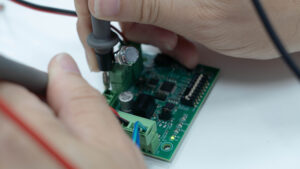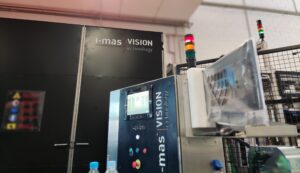In a world where natural resources are increasingly limited and waste is growing at an alarming rate, product design under circular economy principles has become an urgent necessity and a powerful opportunity for innovation. As opposed to the traditional “use and throw away” model, the circular economy proposes a regenerative vision, where products are designed to last, to be repaired, reused or recycled from their conception. This approach not only contributes to environmental sustainability, but can also generate clear competitive advantages for companies.
In this article, we explore the main circular design strategies and some success stories that demonstrate their real impact.
Key strategies of circular product design
Designing for the circular economy is not simply an aesthetic change, but a profound transformation in the way products are conceived. Some of the most common strategies are:
- Design for durability: Products are designed to stand the test of time, both functionally and emotionally. This means durable materials, but also timeless aesthetics and a satisfying user experience. An emblematic example is Patagonia, which manufactures high-strength technical clothing and also offers free repair to extend the life of its garments.
- Design for repair and disassembly: Facilitating access to internal components allows users to repair the products themselves or through technical services. The use of standard screws instead of glues, and the availability of spare parts, are key design decisions. The company Fairphone, for example, has created a modular smartphone that can be easily disassembled, replacing screens or batteries without technical expertise.
- Design for reuse and recycling: Here, the aim is for parts or materials to be reincorporated into new production cycles. Some companies take back their used products for reconditioning. A clear example is Caterpillar, which has an industrial engine remanufacturing program that recovers key components, reducing costs and emissions.
- Design for recycling: When reuse or repair is no longer possible, the product must be easily recyclable. To this end, it is essential to avoid mixing incompatible materials and to use easily separable components. The use of recycled materials from the outset is also valued.
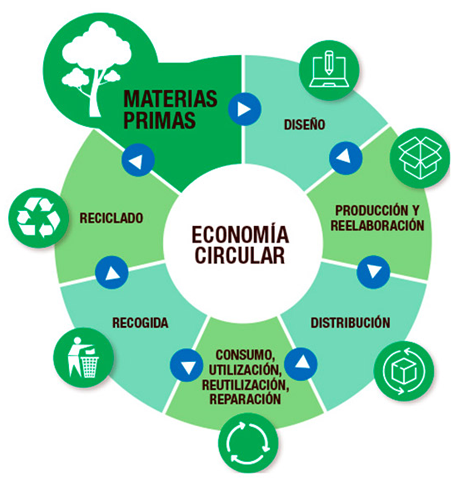
Trend-setting success stories
Currently, several companies are leading the way in circular design, demonstrating that it is possible to combine sustainability and innovation in product design and development without compromising profitability.
IKEA and its circular strategy
The Swedish multinational has opted to transform its business model, incorporating circular economy principles in the design of its products. In addition to using recyclable and renewable materials, they are developing modular products that are easier to disassemble, and have launched repair and resale services for second-hand furniture in several cities.
Interface and recycled carpets
This pioneering sustainability company has developed a carpet production model where each product can be recycled at the end of its useful life. Its “Net-Works” initiative, for example, collects abandoned fishing nets in the Philippines and turns them into carpet yarn, generating positive environmental and social impact.
Octane Fragrances and its sustainable refill system
Octane is a fragrance inspired by the world of motorsport, designed not only to make you fall in love with its aroma, but also to stand out for its sustainable approach. At I-MAS, we accompanied this project from the first prototype to its final production, optimizing the design to ensure functionality, aesthetics and industrial viability.
The perfume is presented in an ergonomic and metallic bottle, accompanied by an elegant black box that includes two 38 ml refills. These refills can be purchased separately, encouraging the reuse of the main bottle and avoiding unnecessary waste. This refillable system not only extends the shelf life of the product, but also reduces the environmental impact and reinforces the commitment to more responsible consumption.
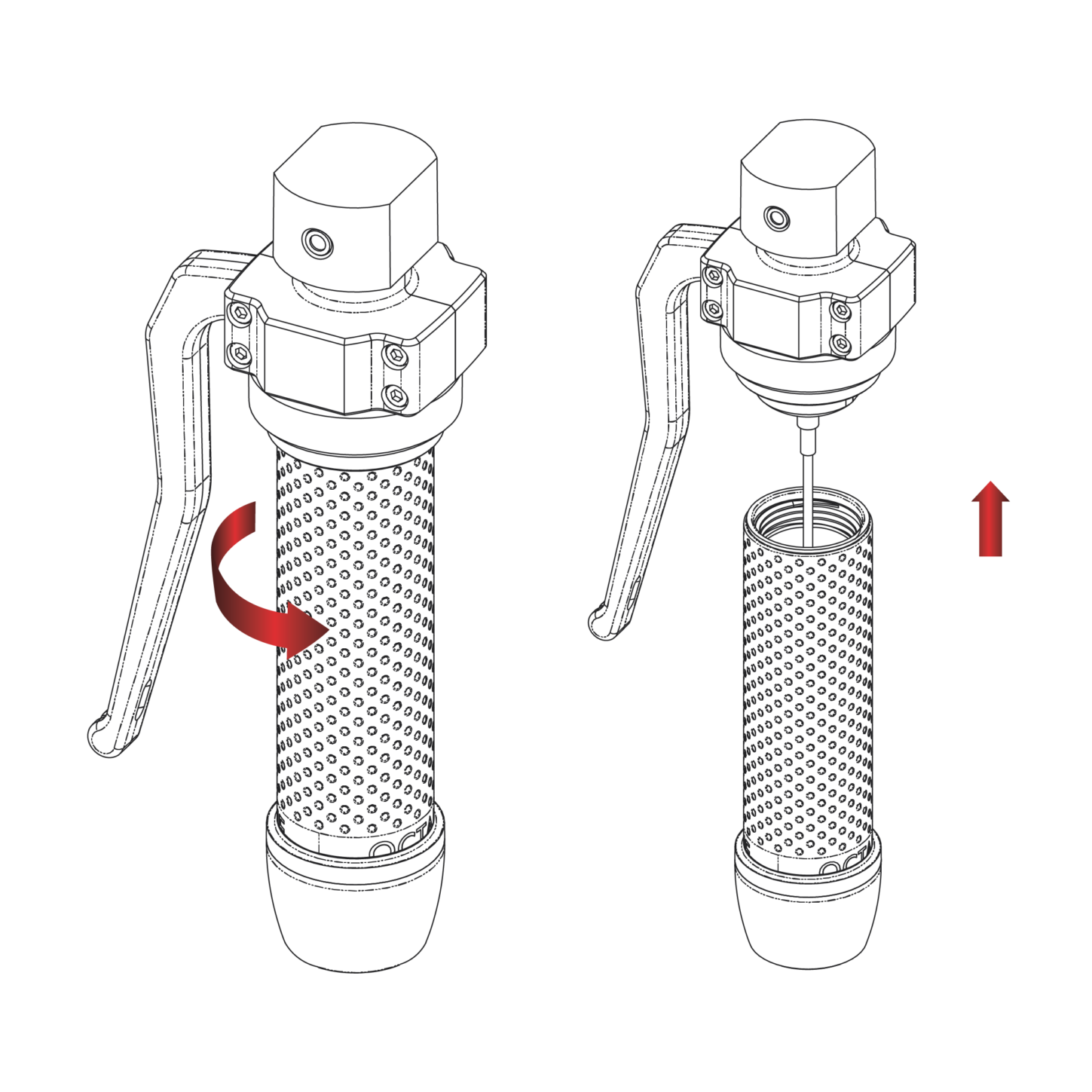
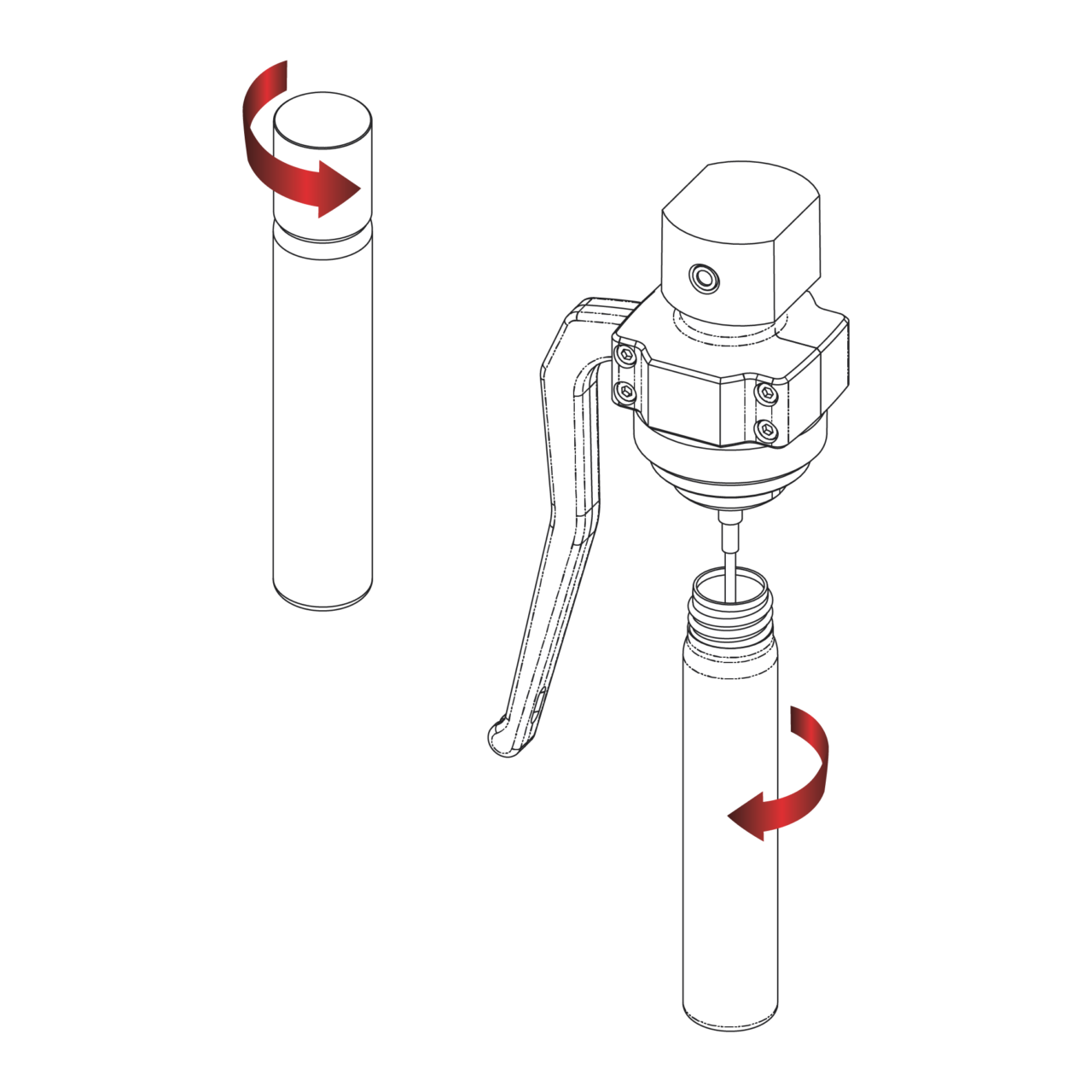
The role of I-MAS in circular product design
At I-MAS, we have been developing innovative products with a strategic, functional and sustainable approach for more than 20 years. Our expertise in design, prototyping and industrial development allows us to integrate sustainable materials, design for disassembly, optimize repairability and reduce environmental impact throughout the product life cycle.
We firmly believe that the future of design lies in understanding the product as a regenerative system. And we are here to help you turn your idea into a viable, scalable and circular solution.
If you want to know examples of sustainable industrial designs and how we can help you, please visit our projects section.
